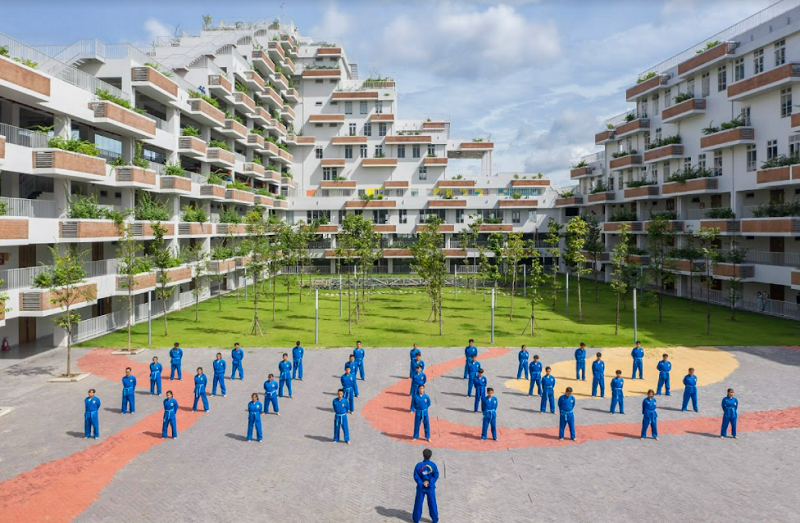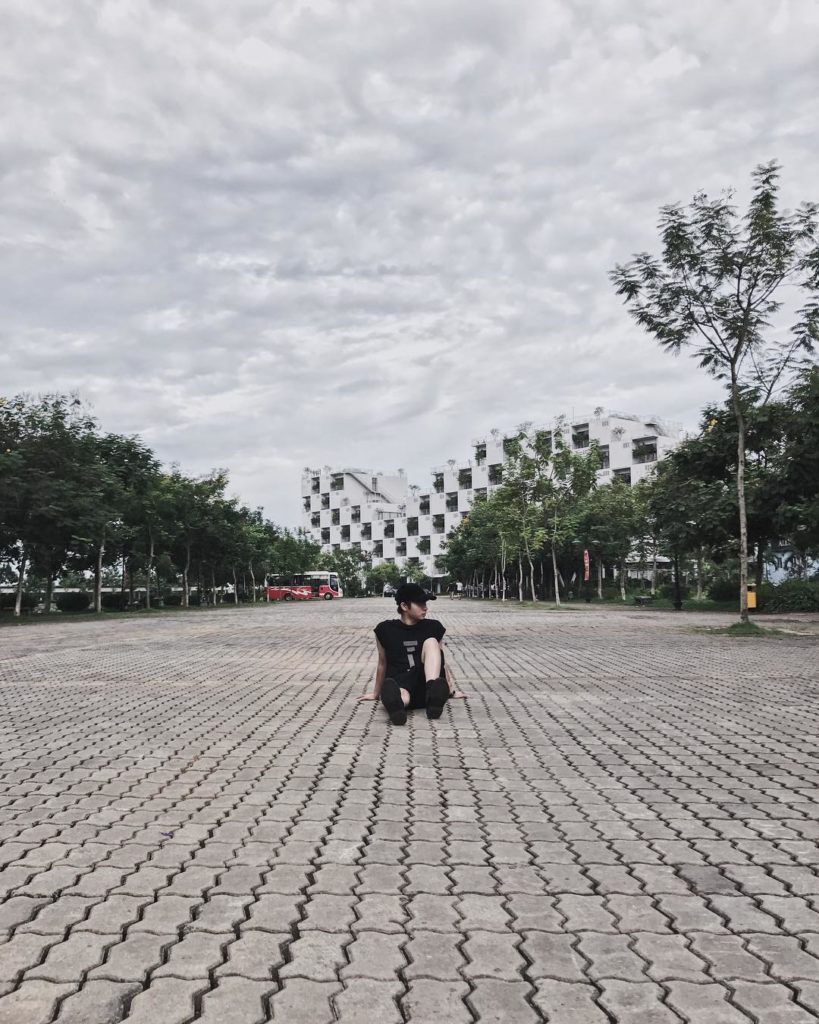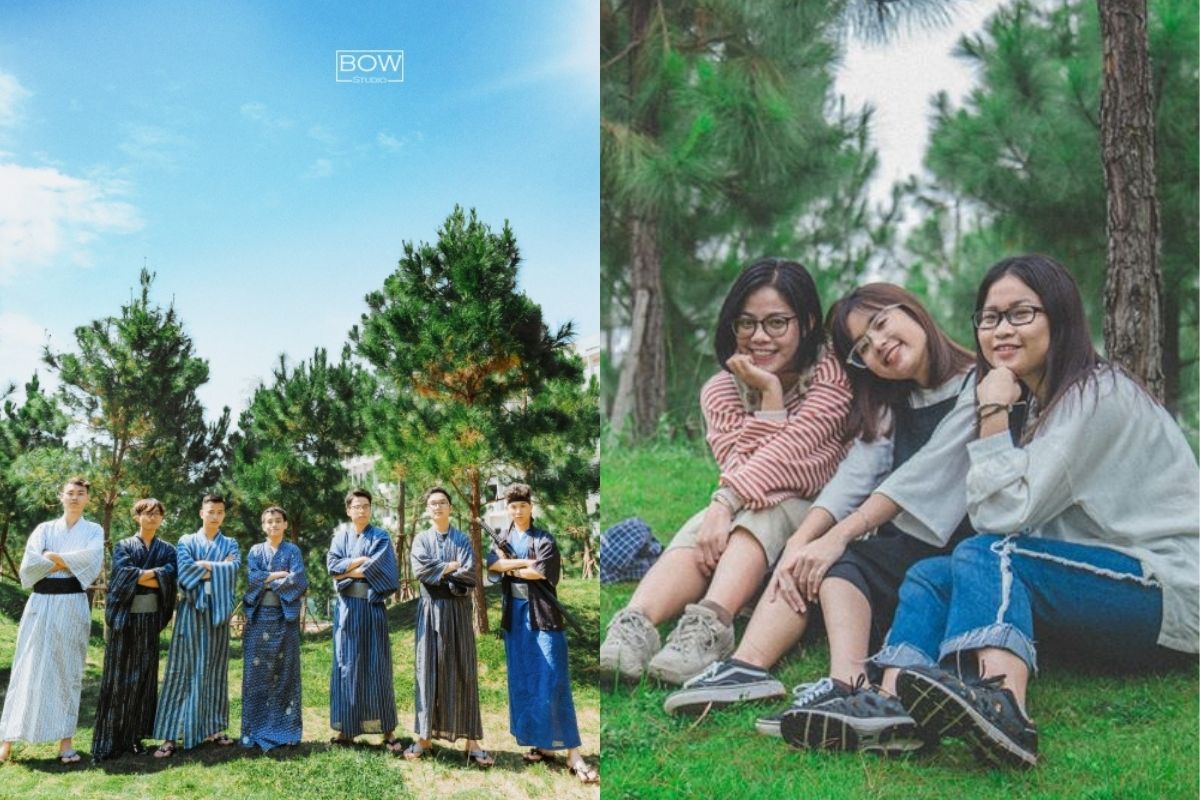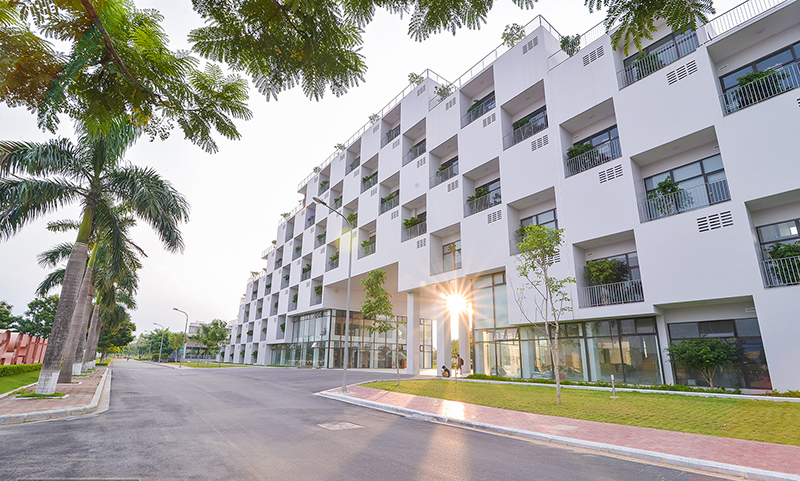-
Using unburnt bricks (TCVN 6476:1999 Standard)
Sustainable green architecture must be built with environmentally friendly green materials. Materials such as unburned bricks contribute to minimizing negative impacts on the environment during construction, construction, and use while creating comfort and convenience for the user.


Here are some advantages of unbaked bricks that you can refer to.
- Good sound insulation
- Sound insulated, reduce the power supply
- Durable
- Diversity of type and sample code
- Cost savings
- Environmental friendliness
- Weaknesses
Especially, FPT University is always concerned the sustainable standards in construction. For example, unburnt bricks are the most prominent feature compared to red bricks. Raw materials for the production of unbaked bricks are cement and sand grit, fly ash, and thermal slag are all environmentally friendly materials.
On the other hand, the production of unbaked bricks without clay as terracotta tiles also solved the problem of fly ash waste, and slag in the industrial kiln, and power plant. The technology of producing block bricks is molded by hydraulic presses instead of high-temperature combustion by the incinerator.
-
Planting trees
TREES could be used to verify green building features in certified buildings that are good quality, environment friendly, and energy efficient. Therefore, FPT University always focuses on the index of total green areas. FPT University has issued regulations on planting trees as follows:
- Planting trees near the boundary walls of a building: planting multi-layer tree species and planting tree islands as a tropical forest.
- All flat or pitched roofs are covered with dwarf trees, herbs, wildflowers, and grasses as mini Royal Gardens.
- Planting trees along the University’s fence line: Tall trees and shrubs that don’t need pruning.
- Planting trees in the schoolyard: Planting 200 perennial trees per hectare of land. Plus, planting tall and shade trees that don’t need pruning.



Since 2019, FPT University has planted 3,242 different perennial shade trees (over 20 years) and nearly 16,000 low-stemmed trees creating vegetation covering the surface of buildings, along with an area of more than 50,000 square meters of grass.
FPT University has an infamous green and beautiful campus among Vietnamese universities. The university has become a green park with more than 200 shade trees per hectare of land and hundreds of low-growing trees, greening the surface of buildings and school grounds. It has a green landscape comprising plants and nearly hundreds of flowers blooming in all seasons. With reservoirs for lotus flowers, and more than 50,000 m2 of grass, trees, and flowers, FPT University’s campus has become a place for students to experience daily plant diversity and increase their love for the university.



